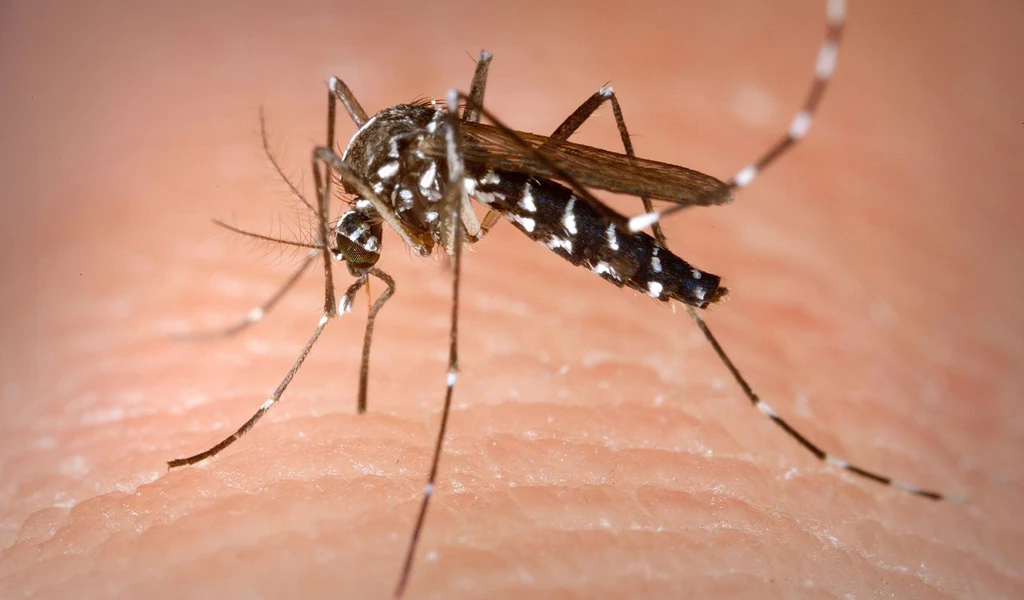Rift Valley fever
Rift Valley fever is a potential deadly viral disease and has been a CEPI priority since 2019.

What is Rift Valley fever?
Rift Valley fever is an acute viral haemorrhagic disease caused by the Rift Valley fever virus, which is part of the Phenuivirus family.
It most commonly affects domesticated animals, such as cattle, sheep, goats, and camels.
However, Rift Valley fever can also cause infection and outbreaks in people, symptoms of which range from mild disease to a severe haemorrhagic form that can have up to 50% fatality.
People can be infected by bites from infected mosquitoes or blood-feeding flies, or when they come into contact with infected animal fluids or tissues, such as during slaughter or butchering, veterinary procedures, or via consumption of raw or undercooked animal products.
In addition to their direct impact on physical and human health, Rift Valley fever outbreaks can result in significant economic damage due to loss of infected livestock pushing people into deprivation, and impacting their mental health and wellbeing.
30+
Number of countries that Rift Valley fever has been identified in Africa and the Middle East
~600
Estimated human deaths during one outbreak in Egypt in 1977
8-10%
Proportion of people infected who develop severe disease
Where does Rift Valley fever occur?
Rift Valley fever was first identified in 1930, during an outbreak of sudden deaths and abortions among sheep along the shores of Lake Naivasha in Rift Valley, Kenya.
Since then, multiple outbreaks have been reported across the African continent and serological data suggests Rift Valley fever is present in nearly every African country.
In 2000, a Rift Valley fever outbreak occurred in Saudi Arabia and Yemen, the first time the disease has been reported outside of Africa and illustrating its potential for spread into new areas. and the Arabian Peninsula. To date, Rift Valley fever has been found in over 30 countries.
A 1977 outbreak in Egypt infected 20,000 to 40,000 people and 600 people died. Twenty years later, in 1997, a major outbreak in East Africa infected 90,000 people and 500 people died. Recent outbreaks have occurred in Kenya, the island of Mayotte, Sudan, Mauritania, and Uganda. Outbreaks of Rift Valley fever have been consistently linked with intense periods of rainfall and flooding.
A CEPI-sponsored review of Rift Valley fever epidemiology over the past two decades found that viral transmission is expanding in both range and frequency.
As climate change persists, expanding the range of mosquitoes and increasing the likelihood of extreme weather events such as flooding, there is a risk that this trend will continue with Rift Valley fever continuing to pose a threat to human lives and livelihoods.
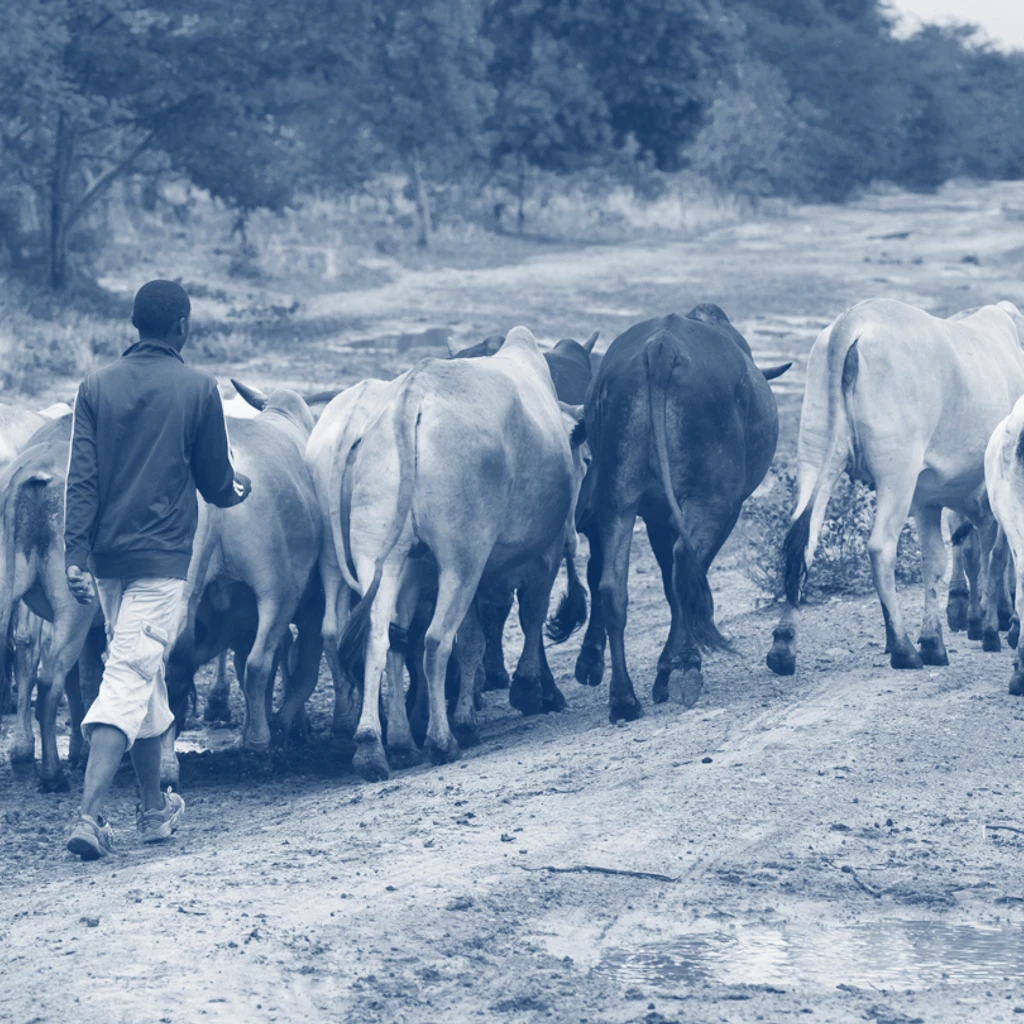
What are the symptoms of Rift Valley fever?
Though most people with Rift Valley fever recover within a week, severe complications develop in 8-10% of people infected. People with Rift Valley fever usually show no symptoms or develop mild symptoms like fever, weakness and muscle pain.
However, in some cases, it can progress to haemorrhagic fever, inflammation of the brain or ocular disease, including inflammation of the eye and blindness.
Around 1% of people infected with Rift Valley fever die, but in those who develop the haemorrhagic form of the disease, the fatality rate is around 50%.
In livestock, Rift Valley fever causes severe disease characterised by fever, weakness, abortions and a high rate of severe illness and death, particularly among young animals.
It causes what are known as “abortion storms” in infected pregnant animals, leading to severe impacts on those who rely on these animals for their livelihoods.
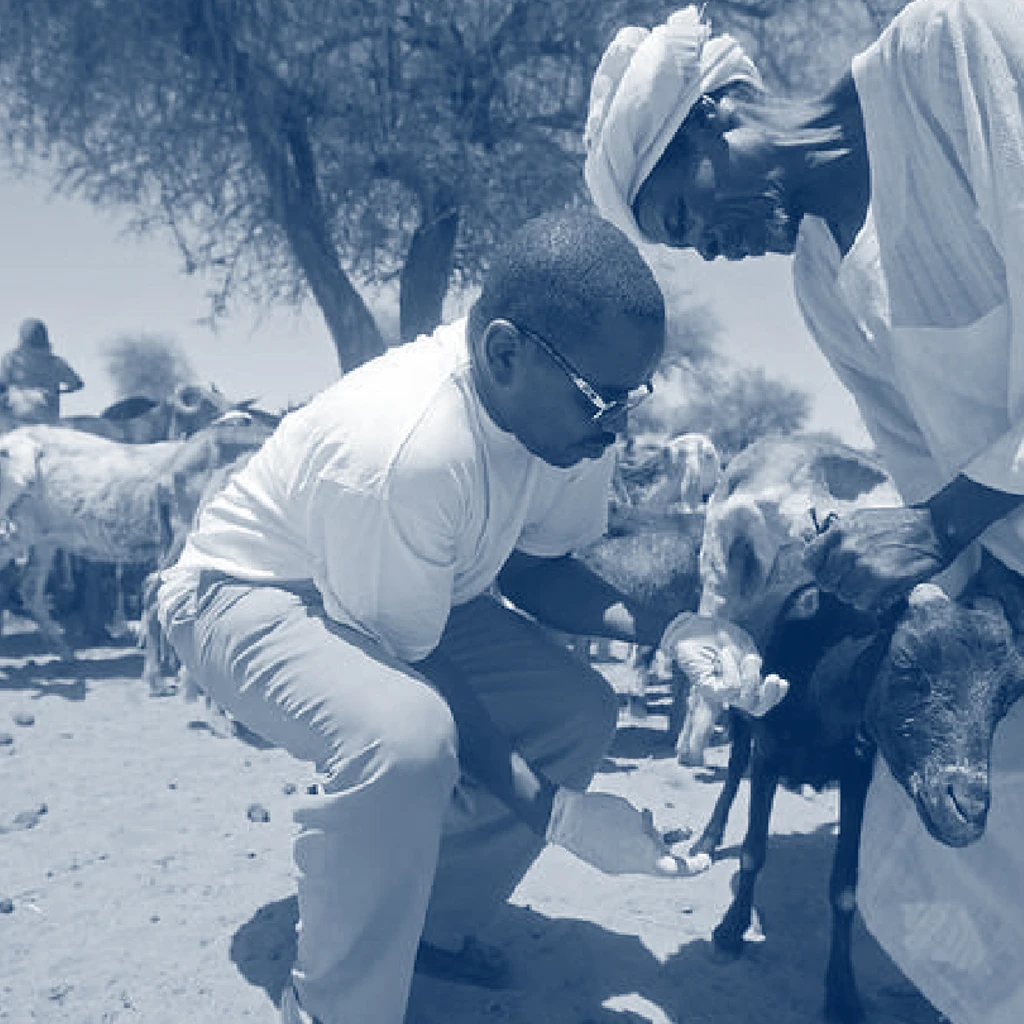
How is CEPI responding to Rift Valley fever?
Rift Valley fever vaccines have been used successfully to protect livestock. However, there are no vaccines currently approved for human use.
CEPI has invested in the development of four human Rift Valley fever vaccine candidates.
CEPI has committed funding to advance these vaccines into Phase I and Phase II clinical trials in East African countries, where the disease is endemic.
In October 2024, CEPI announced that the first Phase II clinical trial of a human Rift Valley fever vaccine in an outbreak prone area was due to launch in Kenya.
CEPI recognises there are other important areas such as One Health and epidemiology and modelling, which can support the development and use of human Rift Valley fever vaccines.
CEPI will work with developers, partners and countries affected by Rift Valley fever to ensure this work is a success and vaccines are made available to those who need them.

Related news

Afrigen to develop human mRNA Rift Valley fever vaccine

Promising human Rift Valley fever vaccine to enter Phase II clinical trials in Kenya
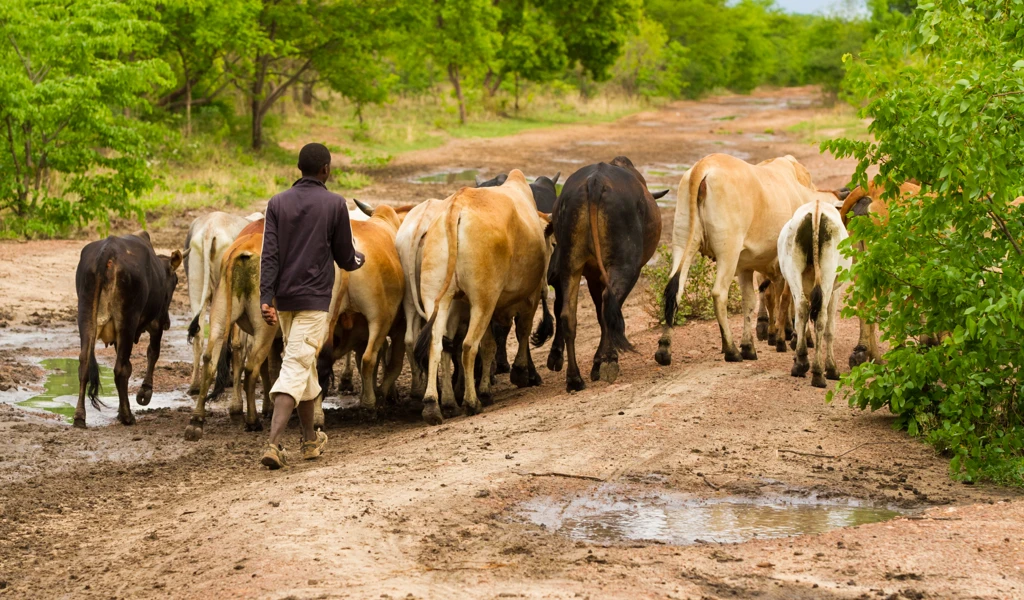
CEPI partners with University of California, Davis to advance a vaccine against potentially deadly Rift Valley fever virus into clinical trials

Rift Valley fever vaccines to advance with new $50 million CEPI and EU funding call
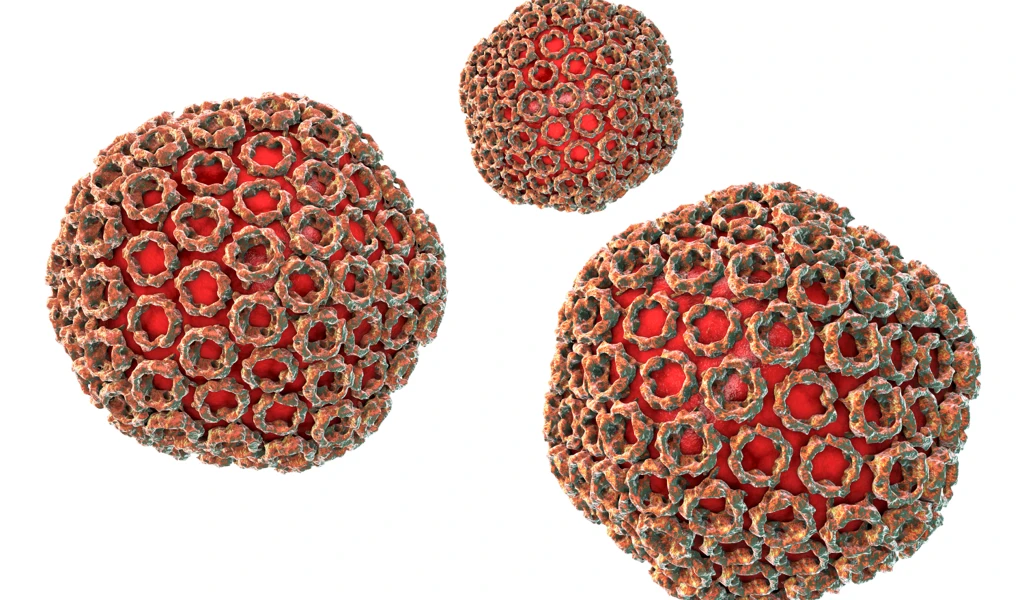
Efforts to advance Rift Valley fever vaccines progress with new CEPI partnership
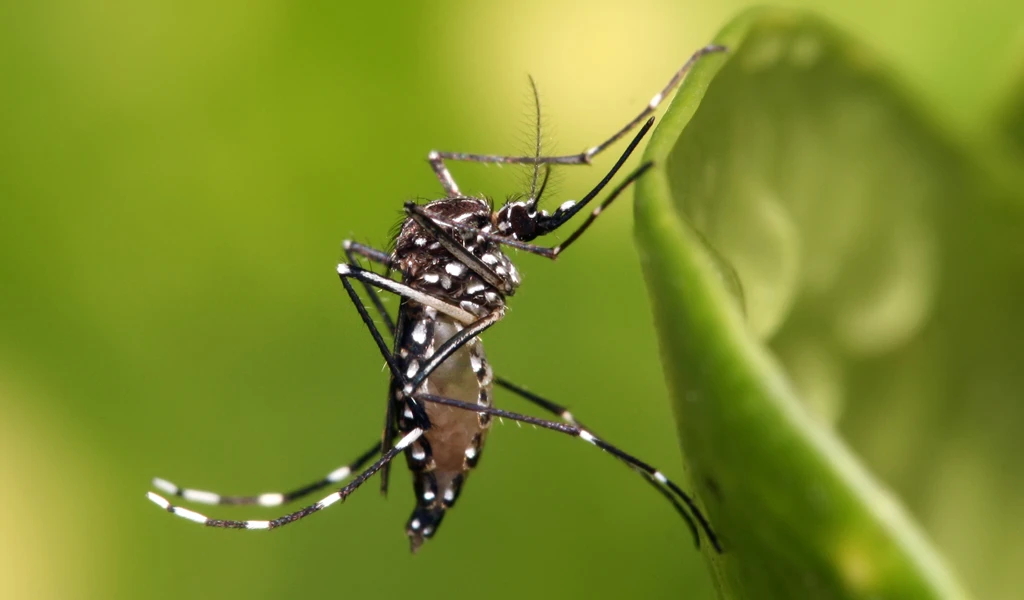
CEPI awards funding agreement worth up to US$9.5 million to Colorado State University to develop a human vaccine against Rift Valley fever
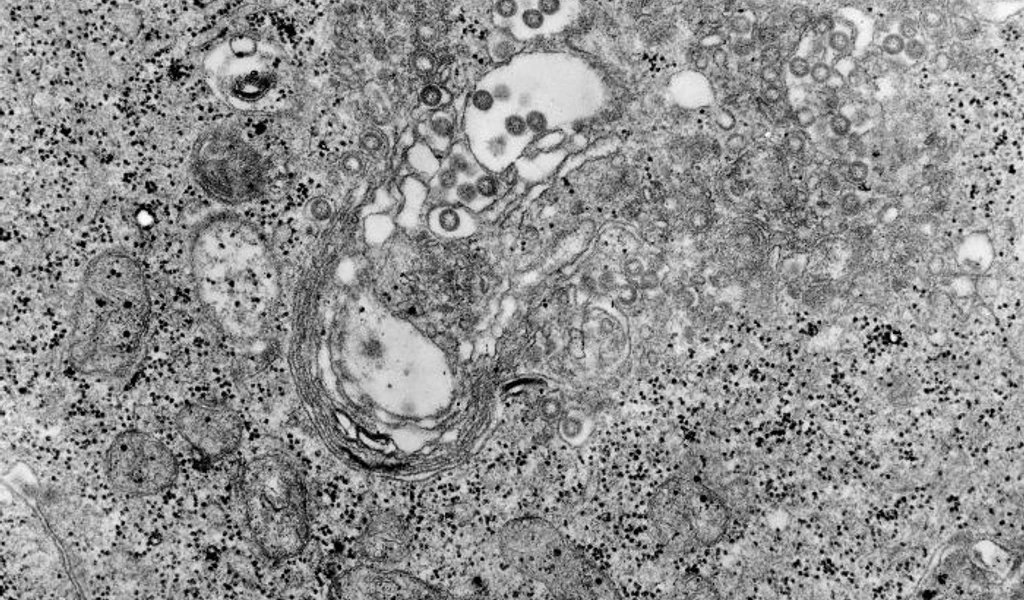
How CEPI is preparing to combat Rift Valley fever

CEPI awards contract worth up to US$12.5 million to consortium led by Wageningen Bioveterinary Research to develop a human vaccine against Rift Valley fever
